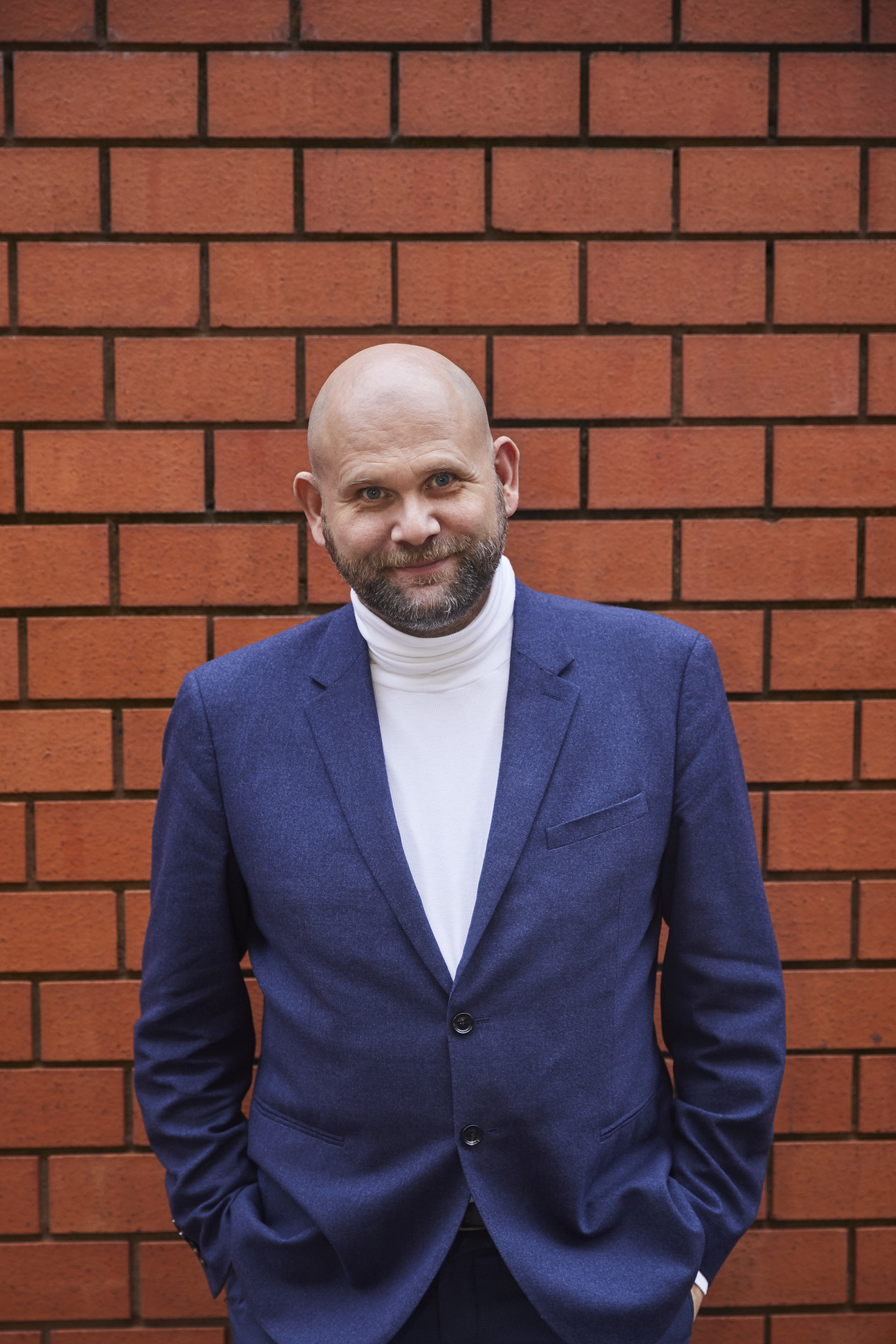Originally published on Mediatel.
Planning for brand activations in the virtual worlds of the future requires better use cases, a more vivid imagination and best practice learned from in-game advertising today, argues OMD EMEA’s Chief Product Development Officer, Jean-Paul Edwards.
Call it a gauntlet throw-down or simply a hopeful predication for the year ahead – we expect to see a more exciting and imaginative range of use cases for the metaverse in 2022.
In order to drive interest and even acceptance of a branded metaverse experience, cases will need to be built around what the intended consumer will actually value in a wide range of environments and contexts.
We’ve already seen some positive signs from the Consumer Electronics Show (CES) in Las Vegas – traditionally seen as a divining rod of technology trends for the start of each year.
Procter & Gamble for example, launched a BeautySPHERE metaverse experience in partnership with London’s Royal Botanic Gardens, Kew. Users could meander through a gamified virtual tour of the gardens to learn about ingredients and the company’s sustainability initiatives.
Meanwhile, Samsung showcased existing products fit for the future via a ‘My House’ metaverse experience, accessible to CES attendees through the Zepeto app.
Visitors to ‘My House’ could explore a white picket-fenced virtual home featuring a vacuum you could walk around with, an AirDresser that dry-cleans and straightens clothes, plus curved monitors and rotating TVs (presumably for scrolling social media vertically or watching Netflix horizontally).
Arguably, these virtual ‘walk-through’ experiences are more engaging than an exhibition booth and could even replace physical brand showrooms in a few short years. But they still only represent embryonic potential for the development of digital worlds.
Just because technology products are designed for use in the home, why exhibit them in a digital replica of what we already know and understand as the physical home environment? Why not let users swim around an underwater abode, deep below the metaverse oceans or fly through Kew Gardens on the back of a pterodactyl?
Will consumers really want ‘real world’ experiences in the metaverse? Or will they be drawn more towards brands that turn the impossible upside down and inside out, until it becomes possible in a virtual space.
You may have seen a video currently doing the rounds on Twitter mocking how one major US retailer supposedly envisages shopping in the metaverse – complete with virtual aisles, shelves and an avatar pushing a pixelated trolley.
A quick Google search reveals that the video was actually created for SXSW in 2017, but the very fact that people are still willing to believe it is more recent tells us much about the current thinking and design palette for metaverse worlds.
In-game environments currently surpass anything that the metaverse has so far concocted, making Microsoft’s purchase of Activision Blizzard as much about metaverse positioning as it is about the Xbox console or the fast-growing mobile gaming market.
Brands such as Gucci and Balenciaga have already worked with Fortnite creator, Epic Games and Roblox to create immersive digital worlds. While the likes of Nike and Jimmy Choo have been experimenting with non fungible tokens (NFTs) that allow players to own authentic virtual footwear and have the items digitally verified and recorded as being rare, unique and collectable.
Nike recently acquired Rtfkt, a startup that creates NFTs of shoes and other collectibles, and has since launched a virtual play zone on the Roblox gaming platform so that users can dress their avatars in Nike gear.
In November last year, MG OMD and Metavision extended John Lewis & Partners’ Christmas campaign «Unexpected Guest» into Fortnite via a tie-up with ITV on an in-game I’m A Celebrity… Get Me Out of Here! experience.
Using a special code in the game’s Creative mode, players could enter a Fortnite custom-built castle world and participate in I’m A Celebrity-inspired trials and festive games.
A John Lewis-branded castle shop allowed players to unlock rewards to decorate their personal camps and interact with a giant advent calendar featuring ‘Easter eggs’ from the retailer’s Christmas ad.
ITV has an ongoing strategy of building its Intellectual Property into virtual worlds within Fortnite Creative, no doubt in readiness for future executions within whatever the metaverse transpires to be.
The broadcaster’s gambit debuted in July 2021 with an in-game version of the Saturday night gameshow, The Void. After seeing hapless contestants fall into the watery void on TV, players could attempt the course themselves in-game.
Brands that apply and evolve best practice when executing in-game activations (stay authentic, contribute to rewarding game play, don’t interrupt and fit in) will be much better prepared for integrating themselves sensitively into vastly populated metaverse worlds if, (or should that be when) the concept becomes a reality and hits mainstream acceptance.
Moreover, those experimenting now with constructs and concepts that aren’t limited by our physical world boundaries may just turn out to be the visionaries for how consumers will work, play, travel, socialise and shop in metaverse worlds.
Let’s face it, vastly populated mainstream metaverses will most likely evolve from the architectural imaginations of companies such as Microsoft and Meta (the artists formerly known as Facebook). But how we interact with this future will remain a blank canvas for some time to come.
So experiment with use cases, trial engagement within existing in-game worlds and if you create, I’d urge you to do it outside the parameters of our known realities. Who knows, maybe 2022 will go down as the year true metaverse foundations were laid.
